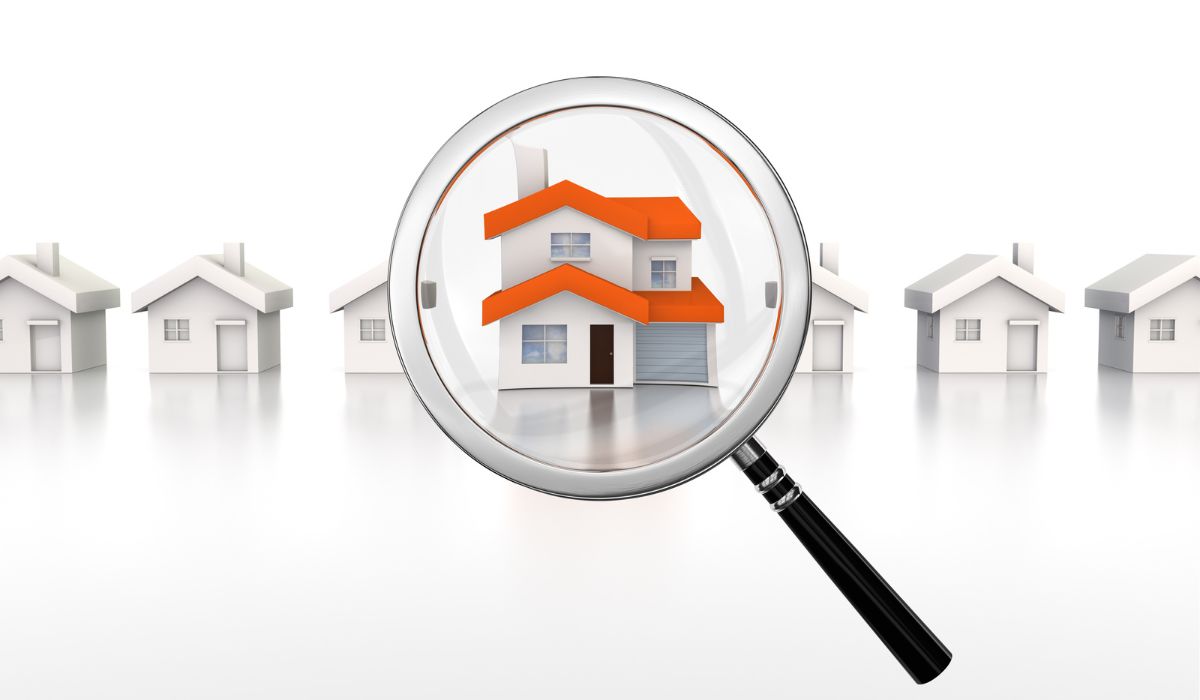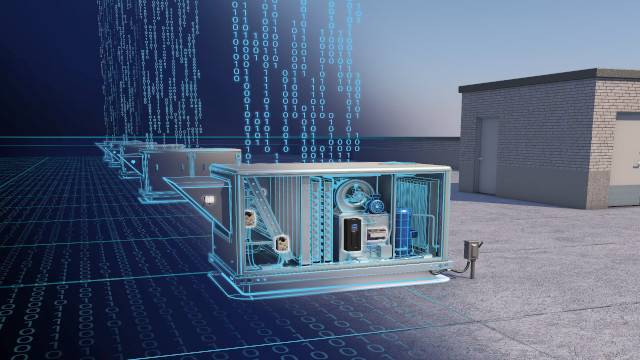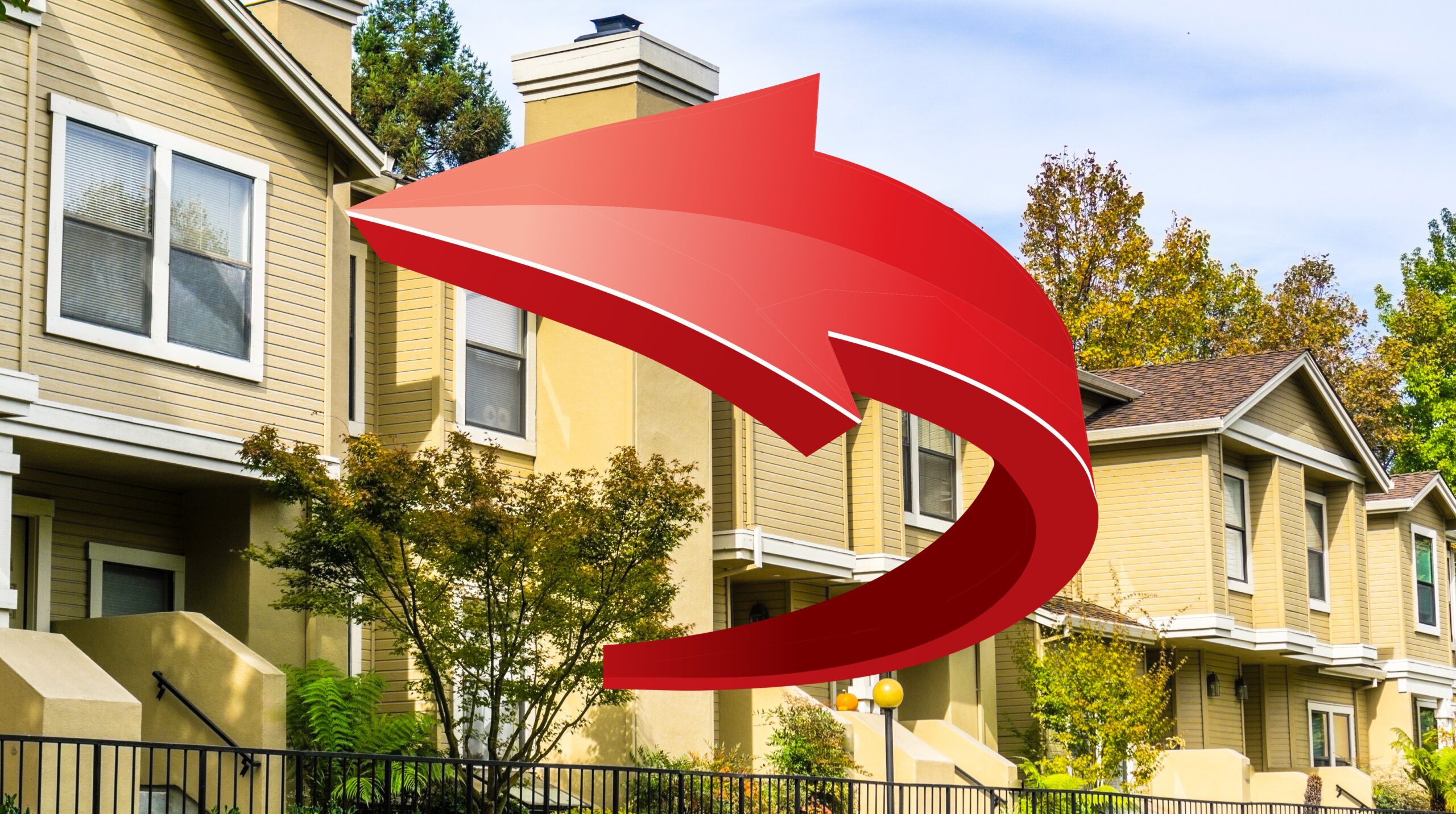2024: The year manufactured homes rolls past ‘business as usual,’ parking right at the intersection of innovation and resilience. Here, amidst economic roller coasters, the industry stands as a near recession-proof class. The sector is now at the forefront of some of the most significant trends in real estate, rewriting the playbook on affordability and practicality.
Let’s take a quick stroll down memory lane. Affordable housing has undergone significant changes in these last few years. Cast your mind back to pre-2020, and you’ll find an industry battling stereotypes about quality and design. Yet even then, manufactured housing minds had sights set on modernization, with improvements to construction quality, design, and energy efficiency.
Fast forward to today, and as demand for manufactured housing grows, so does the need for tech innovations like smart housing and energy efficiency. Let’s explore key trends that are reshaping the way affordable housing meets the needs of modern investors and their residents.
2024 Unpacked: Expect These Key Trends
1. Embracing Digital Transformation with Smart Tech
Smart tech makes the top of the list this year. We’re talking more than mere tech upgrades. Manufactured homes are evolving into interconnected, efficient ecosystems, echoing multifamily advancements.
Speaking of new tech, Artificial Intelligence (AI) and modular construction techniques are fueling smart home growth for the industry. AI isn’t just making building processes smarter; it’s reimagining them with a focus on sustainability and operational efficiency. AI-powered smart home systems are becoming a fundamental part of new manufactured homes, offering unparalleled security, efficient energy management, and valuable insights for enhanced living.
Echoing ModularHomes.com, today’s homebuyers expect these advanced technologies as standard features. This shift in manufactured housing isn’t just about adding smart features; it’s about redefining home living for the modern age.
2. Sustainability – The Industry’s New Backbone
This year, sustainability will continue to evolve from concept to cornerstone of manufactured housing. Energy-efficient designs and eco-friendly materials are now industry standard, driven by increased demand for environmentally conscious living spaces and bolstered by government initiatives for sustainable housing. The movement is more than compliance with regulations; it’s a proactive step towards reimagining living spaces for a cost-effective, environmentally-friendly future. And for investors, sustainability, the “S” in ESG, offers dual benefits: environmental stewardship and economic viability.
3. Navigating the Surge in Demand
The market is poised for significant growth, with an estimated value of $24.42 billion in 2023 and a projected CAGR of 5.8% through 2032. Despite challenges like high mortgages and regulatory changes, the industry’s resilience and adaptability shine through. Investors are now balancing the rise in demand with the sector’s fluctuating stability and inventory, calling for keen financial planning and foresight.
4. Bridging the Gap – Affordability Meets Accessibility
No surprises here. Manufactured housing continues to be a linchpin in addressing housing accessibility. Smart technology and sustainability is no longer a luxury but a standard offering, aligning with the growing demand for affordable, yet modern and environmentally responsible homes. In today’s shifting economic climate, manufactured housing is positioned as the essential player in bridging affordability and accessibility challenges. Expedited construction processes and quality advancements like smart technology and sustainable living elevates manufactured homes as a top choice for both investors and homeowners. This sets the stage for our final key trend of 2024.
5. The Rise of Younger Households
A notable shift is occurring in Manufactured Housing Communities (MHCs): younger generations are increasingly drawn to them. MultiHousing News notes, “With other single-family home options becoming less affordable, young families are opting for manufactured homes, attracted by their affordability and improved quality.”
Moving forward, they are poised to become a long-term housing solution for diverse age groups, but especially Gen Z, driven by rising mortgage rates and the increasing appeal of updated and expanded manufactured home offerings. The trend signals not just a shift in demographics but also evolving investment opportunities in the housing market.
Looking Future-Forward (with Optimism)
The future of manufactured housing is rich with possibilities. Anticipated policy changes, evolving consumer preferences, and continued investment continue to usher the industry into its new era. The growing appeal to investors, especially with the need for infrastructure upgrades in manufactured homes, signals a robust future for this sector.
At Conservice, we’re geared up to support this growth with our expertise in data tracking, sustainability, and smart utility technology. Join us in this journey to foster a brighter, more sustainable future in manufactured housing. Connect with us for leading utility management and sustainability solutions tailored to the evolving needs of the manufactured housing industry.







